Building a Passivhaus with SENSO Grain Biopolymer Resin
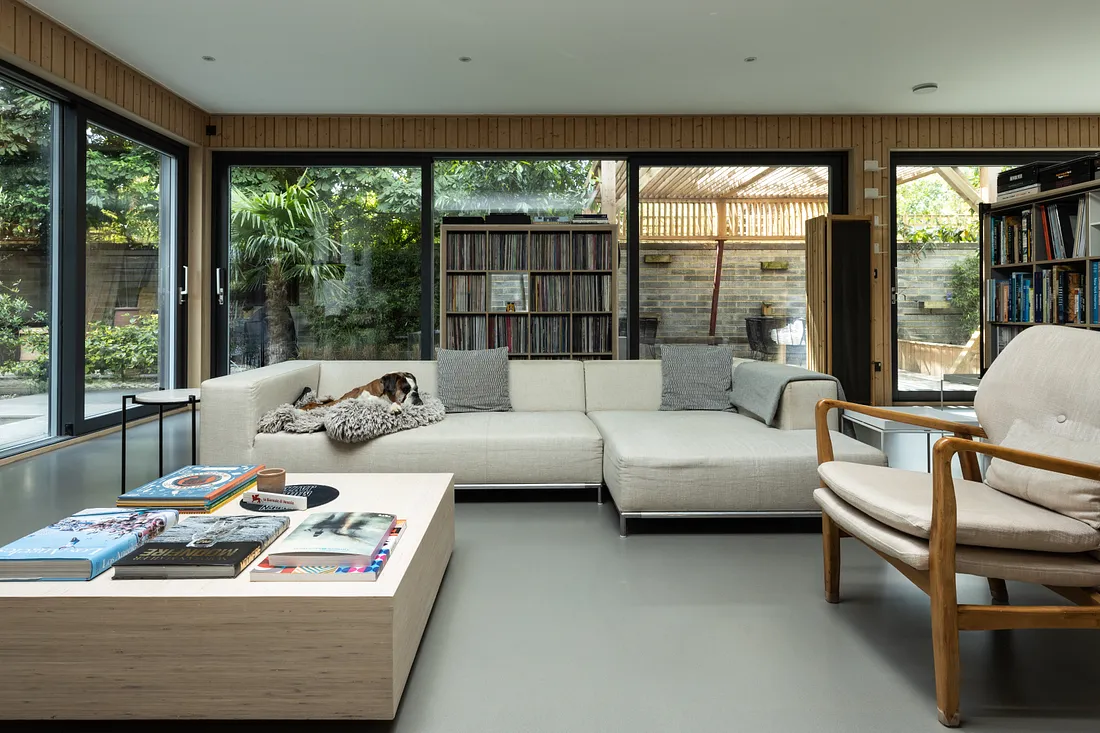
In the heart of Balham, London, a pioneering Passivhaus with a carbon-positive rating has set new standards in sustainable design. This project’s innovative approach integrates advanced green technologies, including a living roof, ground-source air heat pump, solar energy, and SENSO Grain Biopolymer Resin flooring. By using SENSO’s Environmental Product Declaration (EPD) and Cradle to Cradle (C2C) certification, the project team achieved exceptional sustainability credentials, resulting in a Passivhaus and carbon-positive rating.
A Green Build in London: Setting the Standard
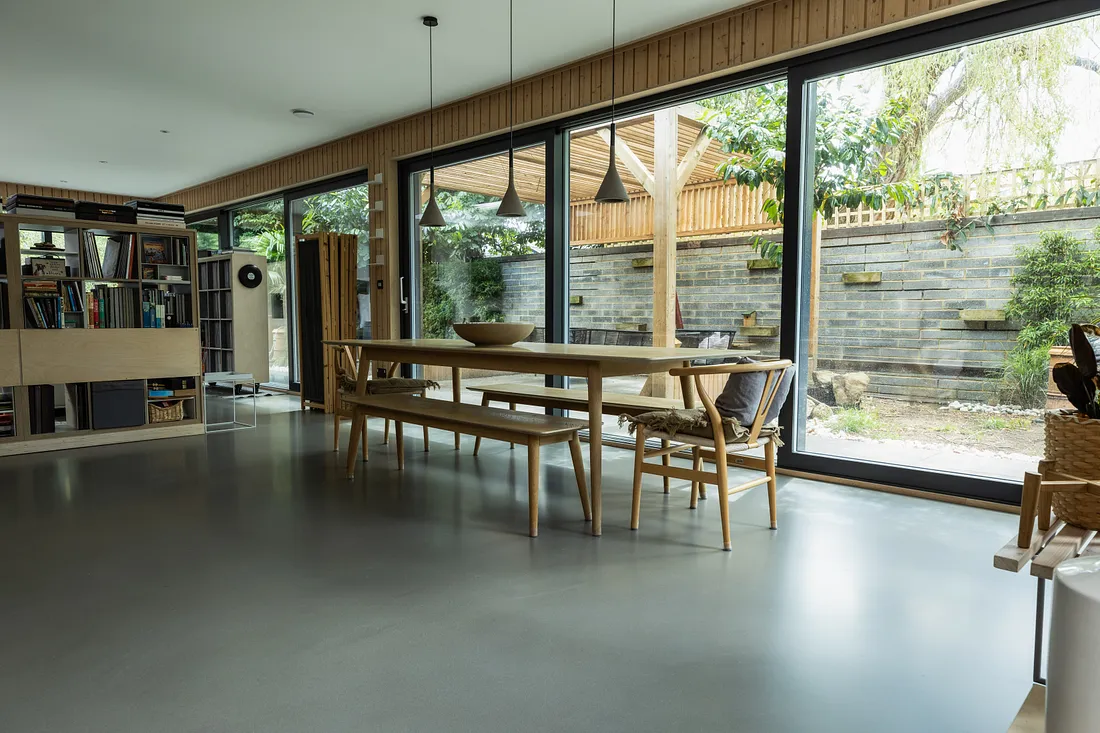
This Passivhaus showcases the shift towards low-carbon, energy-efficient buildings in urban areas. Designed for maximum energy savings and reduced carbon footprint, this home exemplifies the fusion of high-performance materials and sustainable building practices. The client’s vision was realized through a combination of key sustainable technologies:
– Living Roof: Contributes to insulation, biodiversity, and stormwater management.
– Ground-Source Heat Pump: Reduces dependence on fossil fuels by using stable ground temperatures.
– Solar Power: Enables the house to generate more energy than it consumes.
– SENSO Grain Resin Flooring: Durable, aesthetic, and sustainably sourced, making it a key element in achieving the project’s Passivhaus and carbon-positive goals.
Why SENSO Grain Biopolymer Resin?
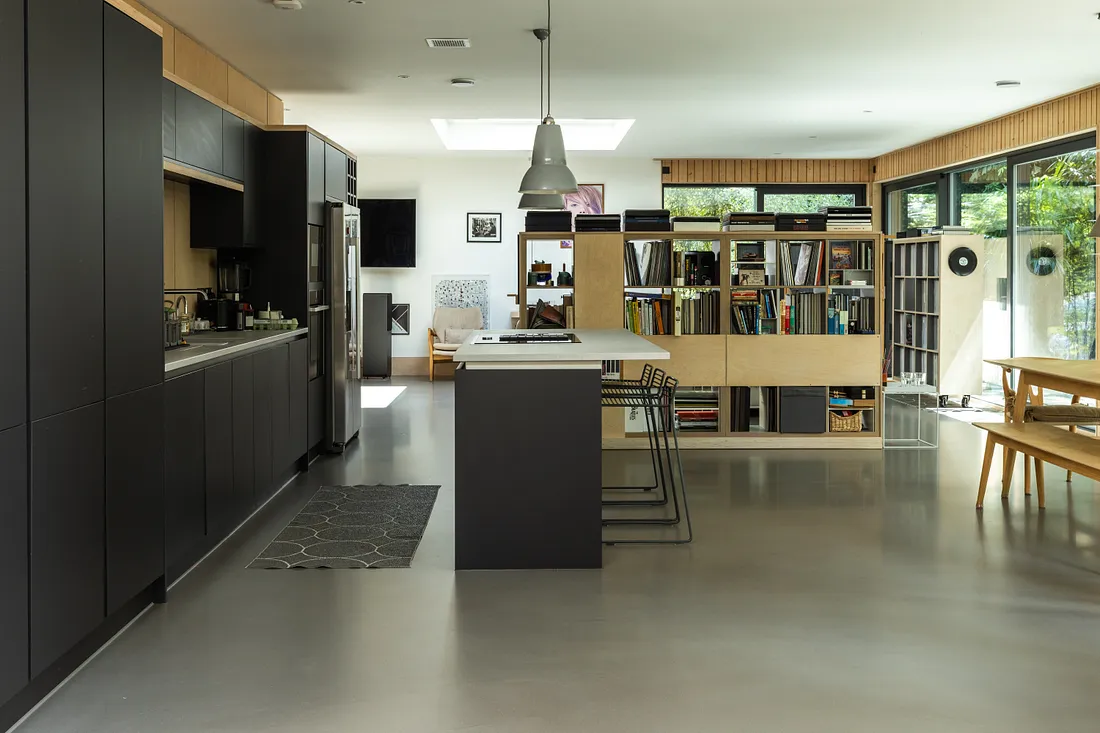
SENSO Grain Biopolymer Resin, a composite biopolymer-based flooring, was a strategic choice for its aesthetic and environmental benefits. The flooring system is applied in multiple layers, offering durability and visual appeal suited for high-traffic areas, essential in a home designed for longevity. By combining the rugged look of composite aggregates with the flexibility of biopolymers, Grain resin flooring met the project’s need for both robustness and low environmental impact.
The flooring’s EPD and C2C certifications provided assurance of low embodied carbon, contributing to the Passivhaus certification and aligning with carbon-positive goals. The biopolymer resin’s high durability also minimized future maintenance needs, reducing the overall carbon footprint of the flooring throughout its lifecycle.
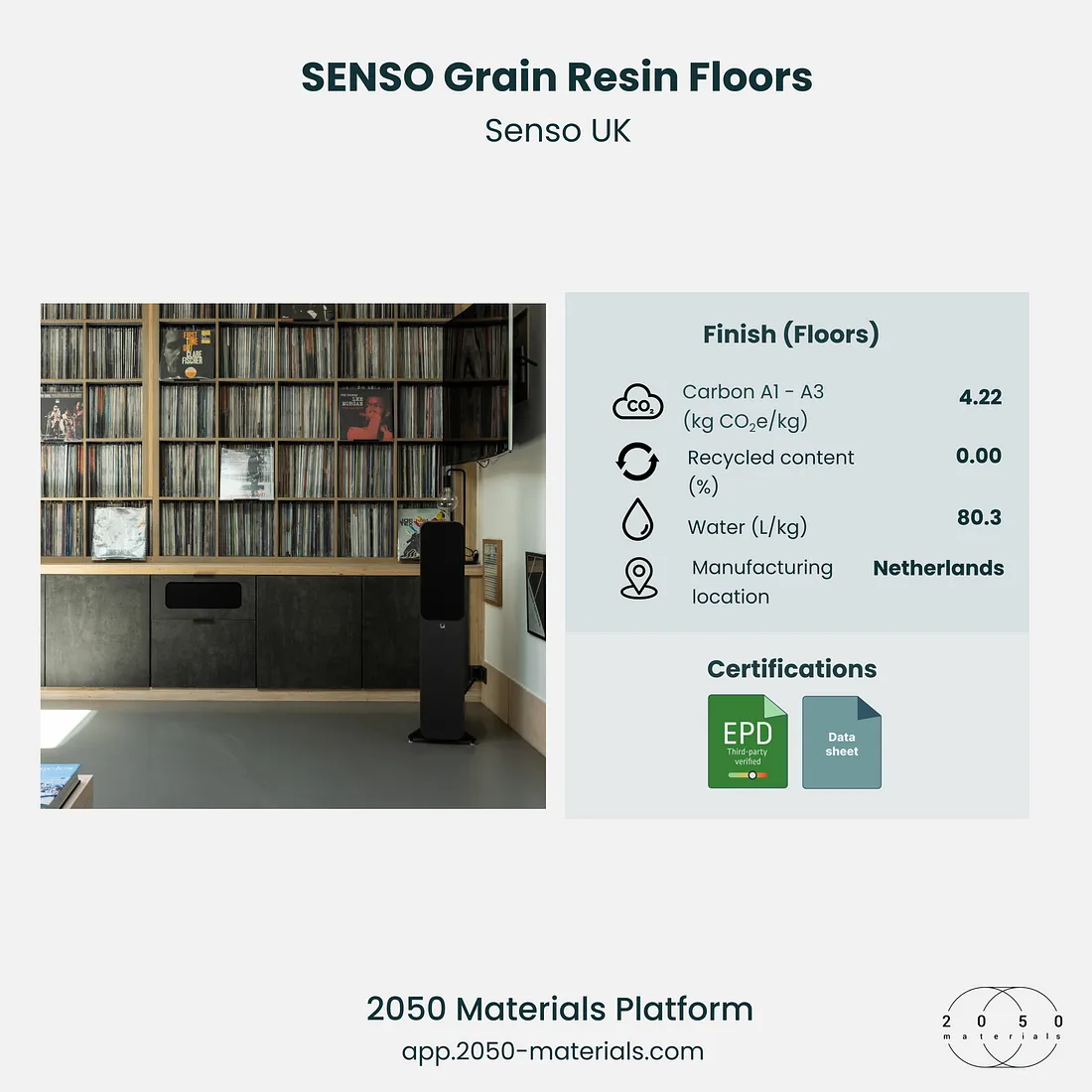
Benefits of SENSO Grain Resin Flooring
1. Sustainable Composition: The biopolymer blend is both durable and renewable, reducing reliance on petrochemical-based products.
2. Aesthetic & Functional Resilience: Combines high demand for esthetics with practical toughness, perfect for a multi-use environment.
3. Layered Application & Sanded Finish: Applied in several layers and sanded for a seamless, robust finish, ensuring lasting durability.
4. Low Environmental Impact: The EPD and C2C certification assured the client that the flooring contributed minimal embodied carbon, crucial for Passivhaus and carbon-positive certifications.
Project Outcomes
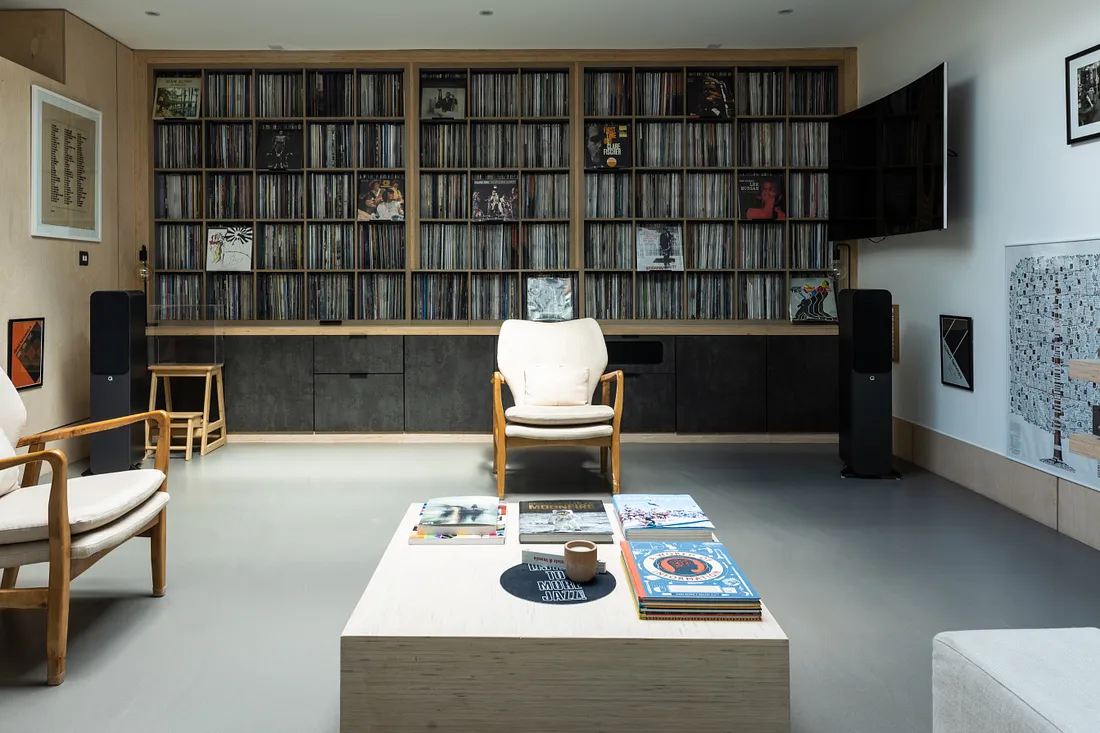
The use of SENSO Grain Biopolymer Resin in this Passivhaus project delivered multiple advantages:
– Enhanced Indoor Air Quality: Low-VOC and Cradle to Cradle-certified materials provided a healthy indoor environment.
– Long-Term Sustainability: The building’s carbon-positive rating aligns with London’s ambitions for net-zero and sustainable urban development.
– Energy Efficiency & Comfort: The combination of passive energy design, insulation, and efficient systems provides a comfortable living environment with minimal operational energy needs.
Conclusion
This Passivhaus project in Balham exemplifies how innovative materials like SENSO Grain Biopolymer Resin can drive sustainability in urban housing. By achieving a Passivhaus and carbon-positive rating, this home sets a new benchmark for sustainable building practices, emphasizing the importance of durable, low-carbon materials in the quest for energy-efficient, resilient structures.
Related articles
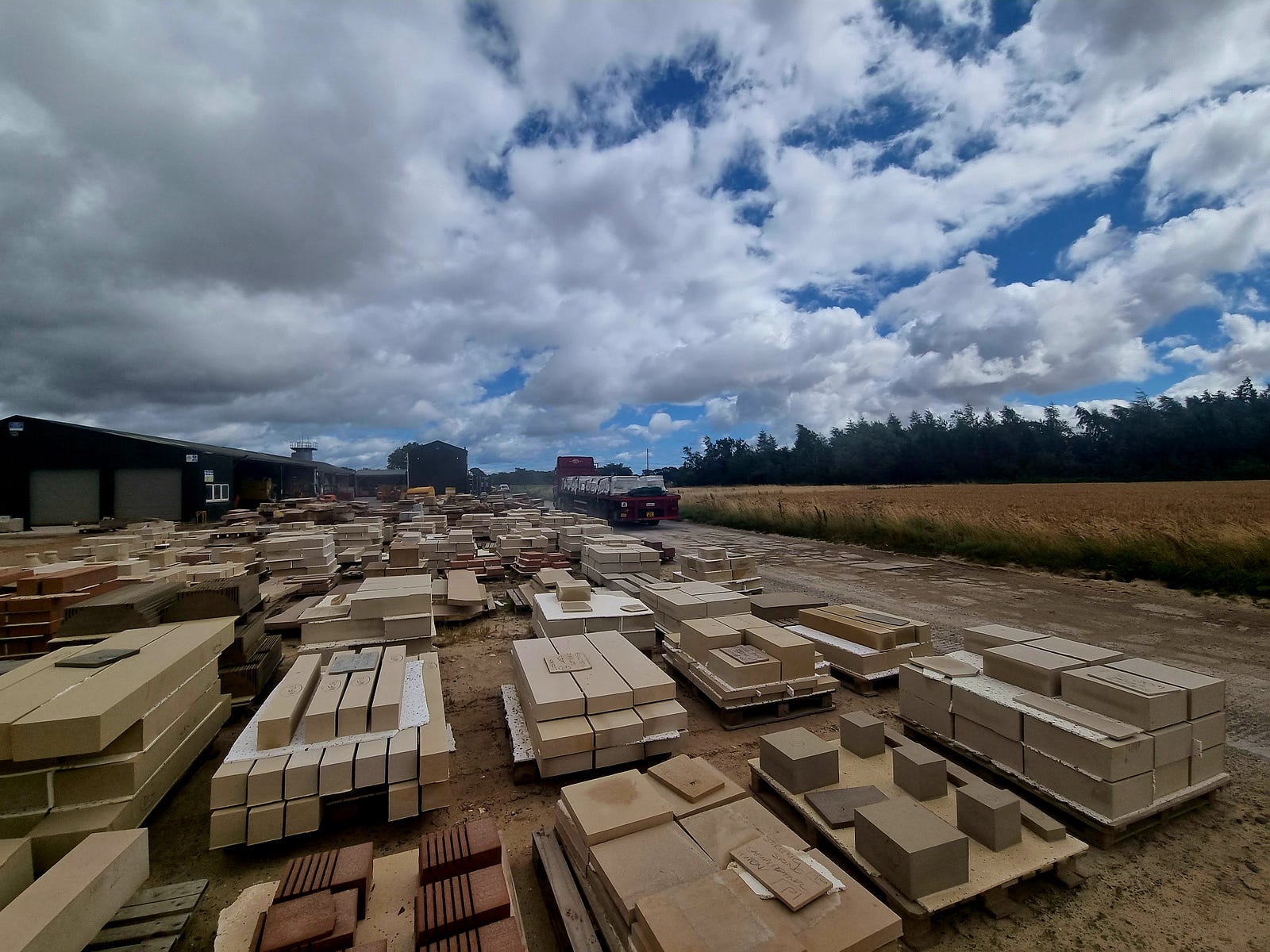
Building a Legacy with Hutton Stone
Hutton Stone, a heritage-driven quarrying company led by Marcus Paine, exemplifies how traditional materials can meet modern sustainability demands. From the careful stewardship of quarries to low-carbon innovations like split and sawn stone bricks, Hutton Stone merges architectural legacy with environmental responsibility. As part of the SME Climate Hub and the UK Ethical Stone Register, their operations demonstrate that ecological care and construction excellence are not mutually exclusive—but mutually reinforcing.
Read more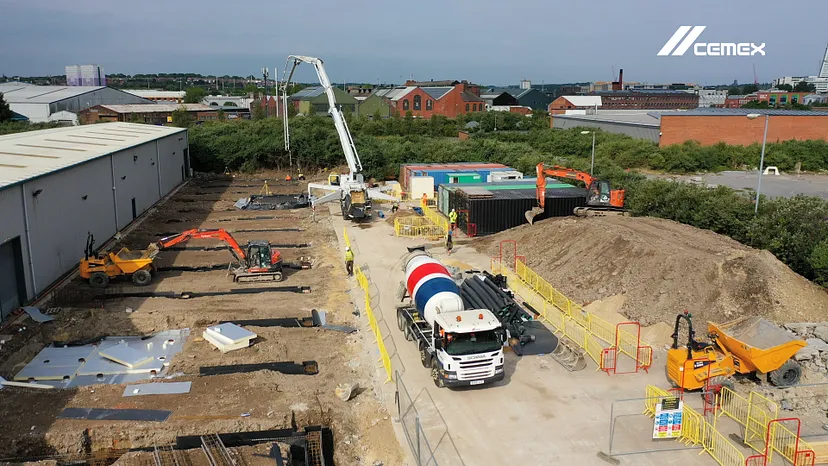
Case Study: Citu Climate Innovation District
As the desire to build lower carbon housing grows, Citu’s Climate Innovation District in Leeds stands as a blueprint for environmentally conscious development.
Read more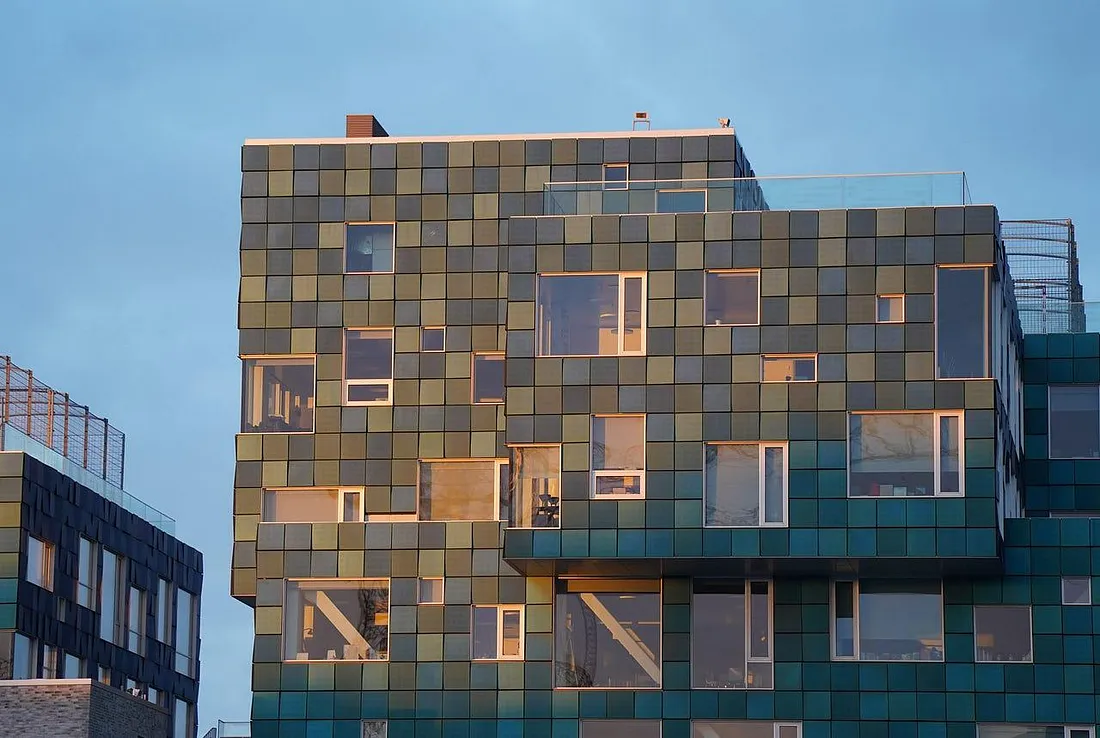
Harnessing Solar Power and Energy Efficiency: SolarLab’s Innovative Facade Solutions
SolarLab is harnessing solar power and energy efficiency providing an innovative solution that not only pays for itself but also generates energy.
Read more